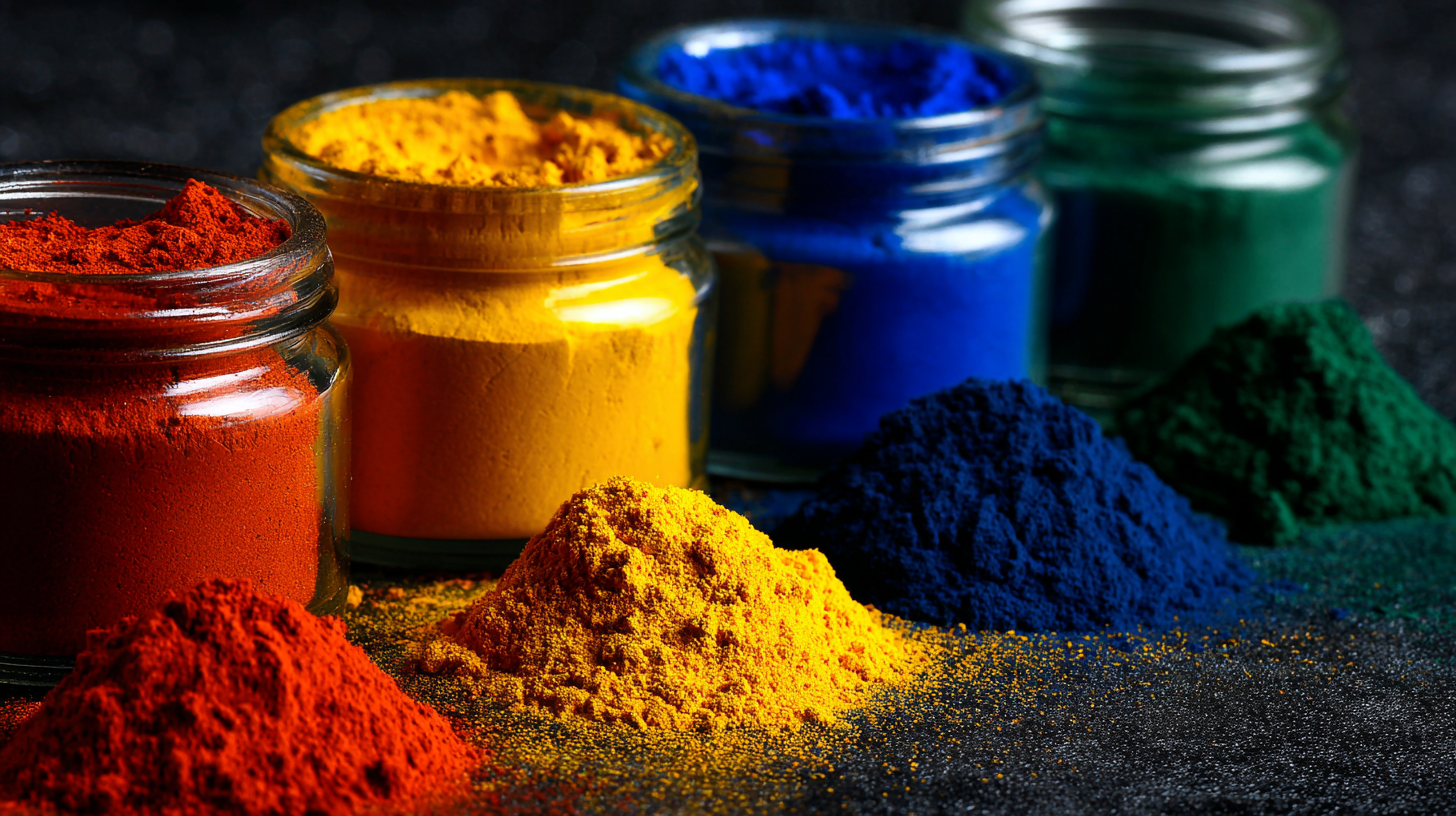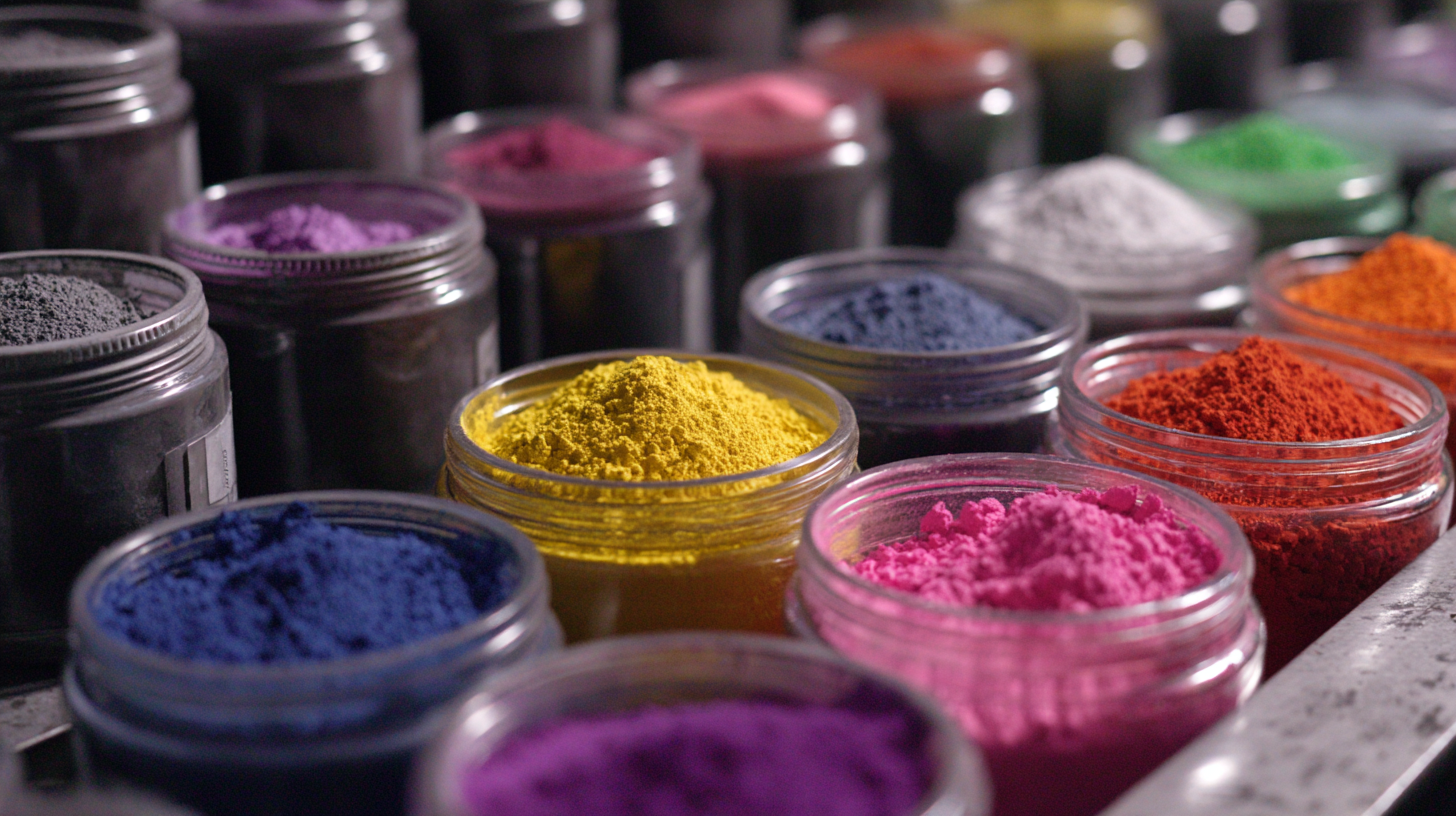In the world of DIY home projects, dip powder coating has emerged as a game-changing technique for achieving durable and visually appealing finishes. This guide is designed to provide you with a comprehensive understanding of dip powder coating, from the fundamental concepts to practical tips that can elevate your projects. Whether you're looking to revitalize metal furniture, enhance outdoor decor, or simply add a personal touch to everyday items, mastering this innovative coating method can make all the difference. Our exploration will cover the benefits of dip powder coating, the necessary equipment and materials, and step-by-step instructions to help you achieve professional-looking results. Prepare to dive into the vibrant world of dip powder coating and unlock the potential of your home projects with our expert insights and practical suggestions.

Dip powder coating has emerged as a popular choice for DIY home projects, thanks to its unique combination of durability and aesthetic appeal. Unlike traditional liquid paints, dip powder coating utilizes a dry powder that, upon being electrostatically charged, adheres to surfaces before being cured in an oven. This process not only ensures a consistent and robust layer of coating but also minimizes waste, making it an eco-friendlier option. According to industry reports, the global market for powder coatings is projected to grow significantly, with an anticipated CAGR of 6.8% from 2021 to 2028, driven largely by the demand for sustainable and high-performance coating solutions.

One of the key benefits of dip powder coating lies in its versatility. It can be applied to a range of materials, including metals, plastics, and wood, making it ideal for various home applications—from furniture to automotive parts. Additionally, the process offers excellent resistance to corrosion, wear, and chemicals, ensuring that completed projects stand the test of time. As advancements in coating technologies continue to evolve, homeowners can take advantage of these innovations to create long-lasting, visually striking finishes that enhance their living spaces while also contributing to sustainability efforts in home improvement projects.
Dip powder coating has gained significant traction in the realm of home projects due to its exceptional durability and cost efficiency. According to a report by the Powder Coating Institute, products coated with dip powder can last up to 20 years without significant wear or degradation, a remarkable advantage that surpasses traditional paint options. This longevity makes it a preferred choice for homeowners seeking long-term solutions for outdoor furniture, metal fixtures, and automotive parts.
In terms of cost efficiency, the initial investment in dip powder coating might seem higher compared to other finishes; however, a study from the American Coatings Association reveals that the overall lifecycle cost is lower. The report indicates that maintenance costs are minimized due to the coating's robust resistance to chipping, fading, and corrosion. This means homeowners can expect to save on repairs and replacements in the long run, making dip powder coating an economically sound choice for enhancing the aesthetic and functional quality of their projects.

Dip powder coating is a popular finishing method for home projects due to its durability and smooth finish. The process begins with thoroughly cleaning and pre-treating the item to be coated. This ensures that any contaminants and impurities are removed, allowing the powder to adhere better. Once cleaned, the object is pre-heated, which helps the powder fuse and form a strong bond once applied.
Next, immerse the pre-heated item into a fluidized bed of powdered coating. This bed consists of finely ground powder particles that become fluidized by air. As the item is submerged, the powder particles adhere to its surface, creating a uniform coating. After coating, the piece is then cured in an oven at a specified temperature, which allows the powder to melt and form a smooth, durable finish. Following the cooling period, your dip powder-coated item will be ready to stand the test of time, enhancing the aesthetics and longevity of your home projects.
When it comes to using dip powder coating at home, avoiding common mistakes can significantly elevate the quality of your projects. One prevalent error is not properly preparing the surface of the item to be coated. Any dirt, grease, or old paint can prevent the powder from adhering correctly. Ensure that all surfaces are thoroughly cleaned and dry before proceeding with the coating process.
Another mistake often made is failing to follow the correct temperature settings. Dip powder coating requires specific heat levels to ensure that the powder melts and bonds effectively. If the temperature is too low, the powder might not adhere, while excessive heat can lead to drips and uneven finishes. Always monitor your equipment and adjust the settings based on the material you’re working with.
Tip: Before starting your dip powder project, do a test run on a small, inconspicuous area or a scrap piece. This will allow you to gauge how the coating will look and adhere, helping you avoid costly mistakes.
Finally, don’t rush the curing process. Take the time needed for the coated item to fully cure before handling it. Premature handling can ruin the finish and lead to chips or scratches. Be patient, and your hard work will pay off with a professional-looking result that you can be proud of.
When embarking on a dip powder coating project at home, choosing the right equipment and materials can significantly influence the success of your endeavor. According to a report by the Powder Coating Institute, the annual growth rate of the powder coating market is projected to reach 4.3% by 2025, underscoring its increasing popularity among DIY enthusiasts. When selecting spray guns and dipping tanks, it's essential to consider high-quality brands that offer precise control over the coating process. Look for equipment that can effectively manage temperature and airflow, as these factors can directly affect the application and finish.
Additionally, the choice of powder coating materials plays a critical role in ensuring durability and aesthetic appeal. Various suppliers report that polyester-based powders are preferred for outdoor projects due to their superior weather resistance, while epoxy powders are often recommended for indoor applications due to their excellent adhesion properties. According to a survey published by the Industrial Coatings Association, approximately 62% of users indicate that selecting the right powder significantly enhances the longevity of the finish. Thus, investing in quality materials not only elevates the final product but also contributes to the sustainability of your home projects.






